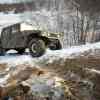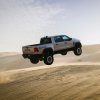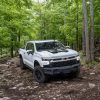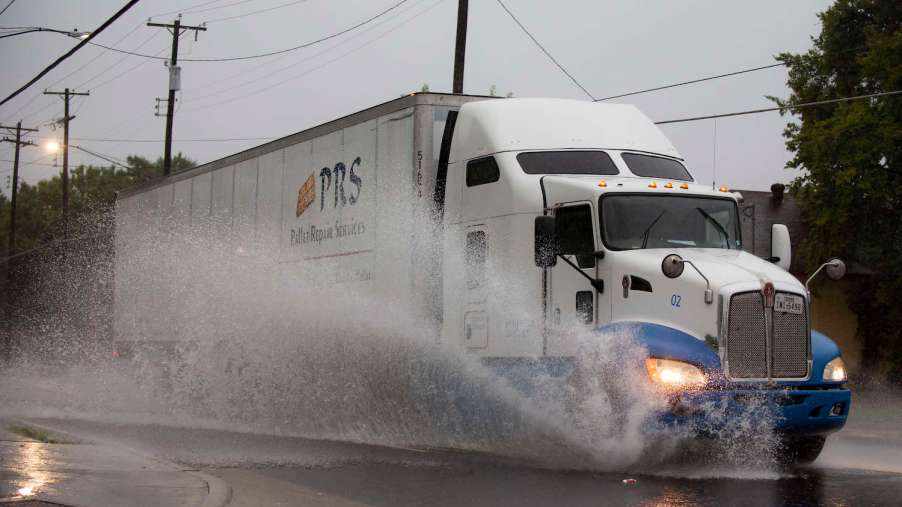
Why Do Semi Trucks Make So Much Noise When They Slow Down?
Have you ever been in stop/go traffic, pulled up to a light, and been jolted out of your seat by a deafening RatTatTatTatTat sound? Then when you looked in your mirror for the jackhammer or fireworks behind you, you realized it was just a semi truck slowing down. So why do big diesel trucks make such a racket slowing down? The truth is that they have a second brake, a device usually called a Jake Brake, engine brake, or compression/decompression brake. Because of how this engine braking mechanism works, it is very loud.
The problem with slowing down a diesel truck
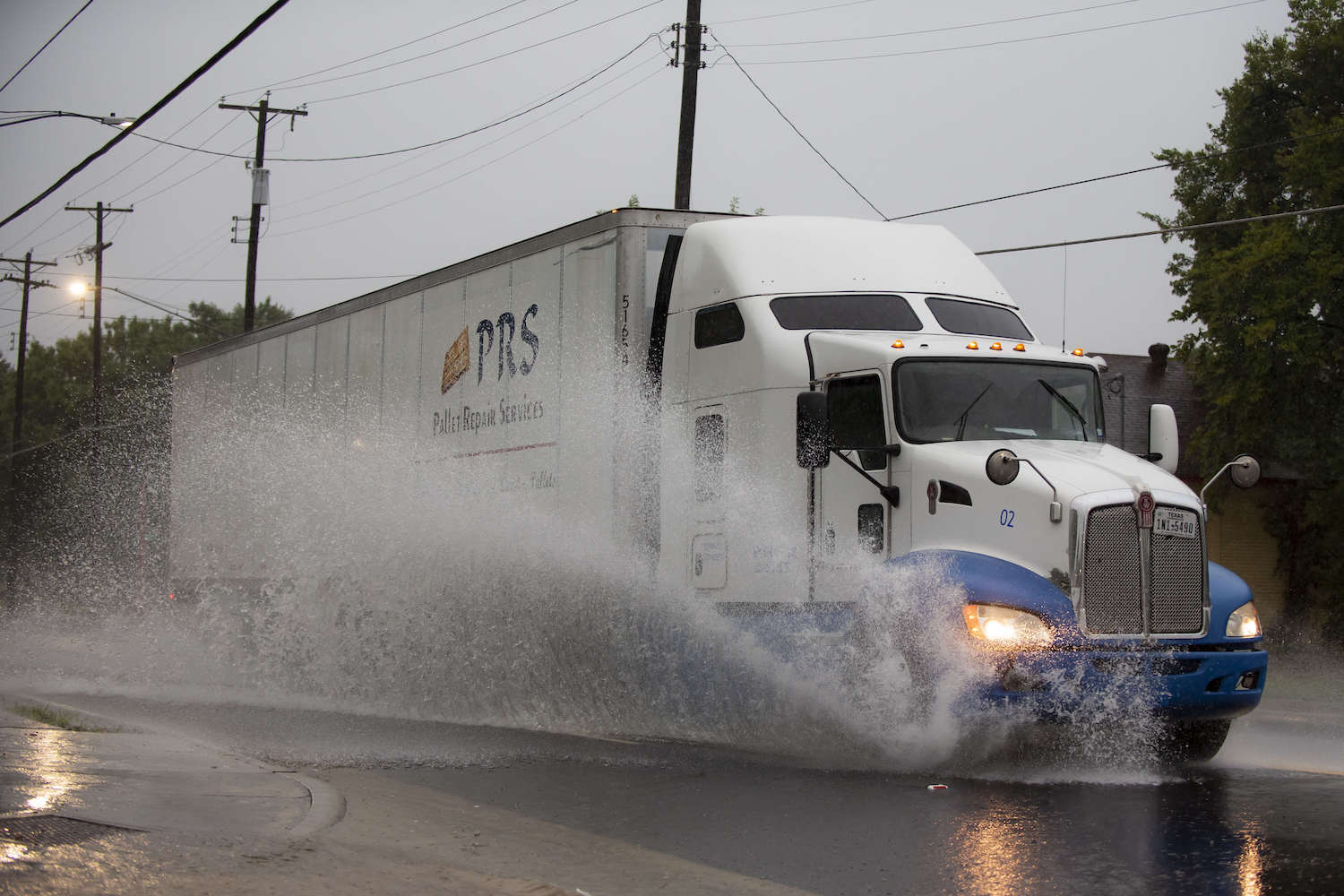
Diesel trucks can be hard to slow down. A heavily loaded diesel truck does have ample momentum, but that’s not the only reason. One problem with a diesel engine is that it can keep pushing the vehicle forward, even when you release the accelerator pedal.
Why? Because a diesel engine does not have a regular throttle body, like a gasoline engine does. What this means is that when you release the accelerator, the cylinders continue filling with air every time the engine spins.
As the crankshaft spins and the pistons climb in the cylinder they compress this air. Then, as the crankshaft continues to spin, these pistons begin to drop and the compressed air forces them to drop faster. This translates to the crankshaft producing torque and pushing the truck forward.
One solution is to press your clutch pedal and use your hydraulic brakes to slow your diesel truck. But in 1965, Clessie Cummins patented another solution that could slow a diesel truck down quicker and save wear and tear on its hydraulic brakes: the compression release engine brake.
How does a compression release engine brake work?
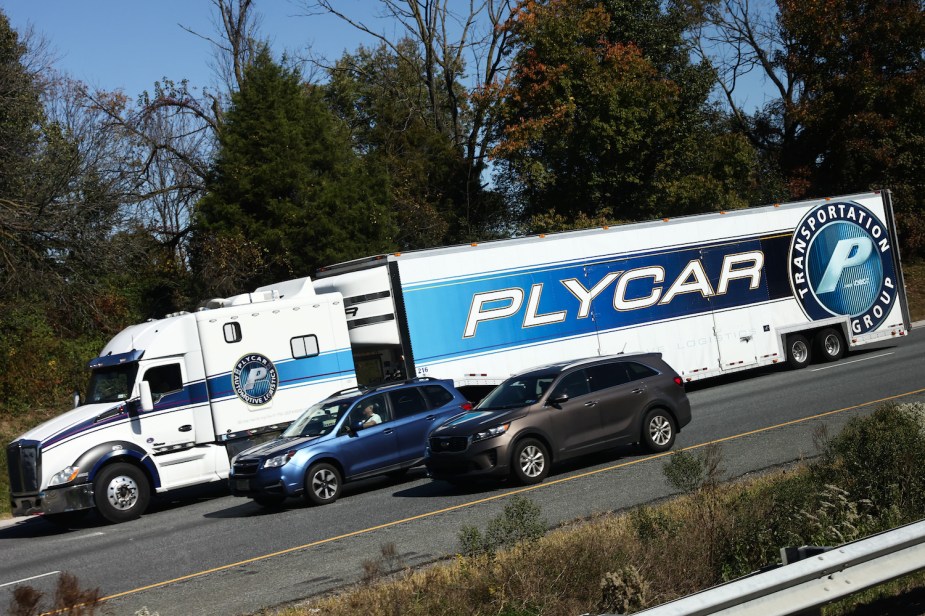
A compression release engine brake, also called a Jake Brake, opens a diesel engine’s exhaust valves at top-dead-center so it loses compression and does not drive the vehicle forward when you release the accelerator pedal.
If you leave the engine engaged to the drivetrain and activate a compression release engine brake, the engine rapidly slows the vehicle down. This is because the vehicle’s forward momentum goes into compressing air in the engine’s cylinders.
One downside of a compression release engine brake is the amount of noise it makes. Each exhaust valve opens at top-dead-center, releasing a stream of compressed air, and making a loud bang. As the engine continues to turn, these loud noises sound machine-gun-like.
What is a Jake Brake?
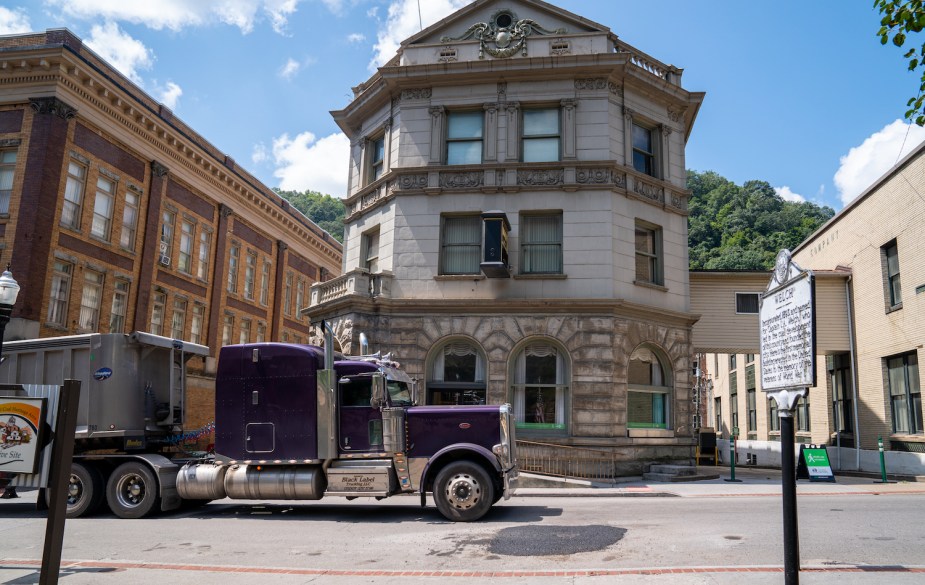
An early manufacturer of compression release engine brakes for diesel trucks was the Jaccobs Vehicle Systems company. For this reason, ‘Jake Brake’ became a generic term for diesel engine brakes made by many manufacturers. But Jaccobs Brake is actually trademarked.
Compression release engine brakes are sometimes called decompression brakes. They are also sometimes called compression brakes.
Many compression release brakes allow the driver to pick the number of cylinders affected. This increases the amount of braking force generated. Then the driver chooses a gear, depending on the speed of the truck and the terrain. Finally, they release the gas and clutch and let the compression release brake slow the vehicle down.
Can compression release brakes be quiet?
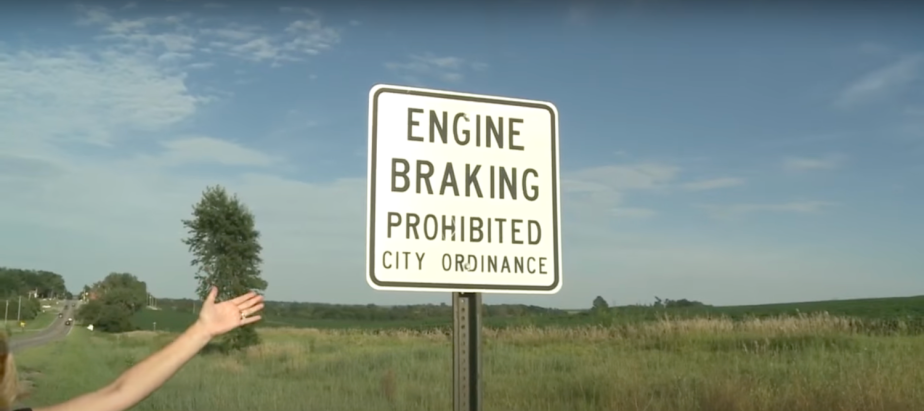
Many of the loudest compression release brakes you hear are on trucks with relatively open muffler systems. Modern muffler technology can do an excellent job quieting Jake Brakes–according to Jaccobs Vehicle Systems. This is why many towns specify that truckers cannot use “unmuffled engine brakes” in city limits.
A truck driver passing through a crowded area can also choose to activate fewer cylinders of their compression release brakes and rely more on their hydraulic brakes. Obviously, in an emergency situation a compression release brake is an emergency brake and when forced to stop a speeding truck on its own it will be very loud. But this is the exception, not the rule.
Next, find out why some semi truck trailers have a tiny door set into their main door or see how compression release brakes work for yourself in the video below:
Finally, see a road rage incident caused by engine braking in this final video:
